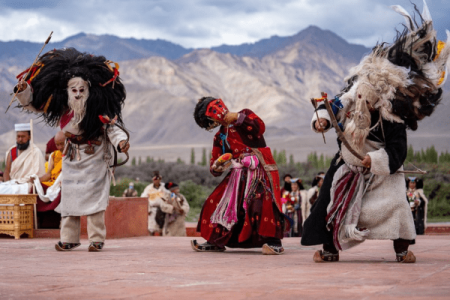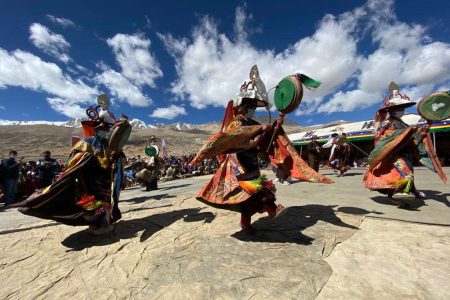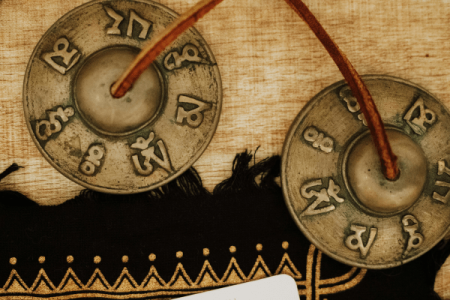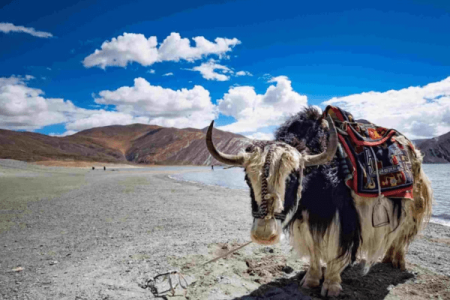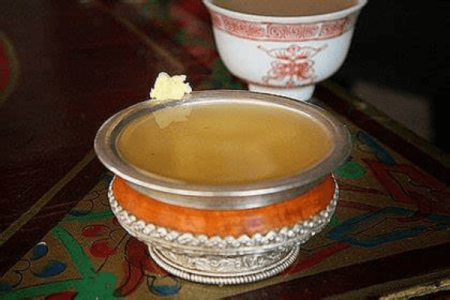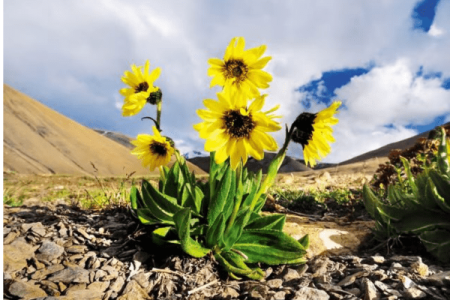Architectural Features and Layout
Zorawar Fort, located in Leh, Ladakh, is a historic military fortification built in the 19th century by the Dogra General Zorawar Singh, who played a major role in expanding the Dogra Empire into Ladakh and Tibet. The fort is constructed primarily from sun-dried bricks, stones, and mud, reflecting traditional Himalayan and Tibetan architectural practices combined with Dogra military design. Its thick defensive walls, compact layout, and elevated position reflect both strategic planning and practical adaptation to the harsh mountain environment.
Main Assembly Area (Inner Courtyard and Barracks)
The central space of the fort includes:
Inner Courtyard: A compact open area surrounded by rooms that were once used as barracks and storage for arms and supplies.
Prayer Room & Museum: The fort has a small room for spiritual activities, and a museum has now been set up that displays historical artifacts, weapons, coins, and documents from the Dogra era.
Command Quarters: The commanding officer’s room, where Zorawar Singh once operated, is preserved and holds significance in the fort’s narrative.
Cultural Significance
Zorawar Fort is not just a military structure—it is a symbol of Dogra bravery and Ladakhi resistance. It represents the complex history of Ladakh’s political past and its incorporation into the Jammu and Kashmir region. The fort was a strategic outpost for campaigns into western Tibet, and today it stands as a heritage site where visitors can learn about Zorawar Singh’s expeditions, the Dogra rule, and the broader geopolitical shifts of the 19th century.
Locals regard it with historical pride, and it is a significant site for those interested in military history and Ladakhi identity.
Fort-like Structure
Zorawar Fort is a classic fortified military structure, complete with:
Bastions and Watchtowers: Used for surveillance and defense.
Thick Outer Walls: Made of stone and mud, designed to withstand both natural elements and enemy attacks.
Single Entry Point: Reflecting traditional fort design for defensive advantage.
Its layout is compact but highly functional, designed to house troops and store ammunition while offering maximum protection.
Roof and Viewpoints
The roof areas and bastions of the fort offer sweeping views of Leh town, the Indus Valley, and the surrounding mountains. These high vantage points were used for monitoring the surroundings and defending against invasions. Today, they provide excellent photo opportunities and a deeper appreciation of the fort’s strategic location.
- Zorawar Singh Memorial Room:
- A small museum inside the fort showcases weapons, coins, and battle relics from the 19th century.
- Includes a bust of General Zorawar Singh and detailed panels narrating his military campaigns.
- Panoramic Views:
- From the ramparts, visitors enjoy sweeping views of Leh town, the Indus River basin, and surrounding Himalayan ranges.
- Photography and Exploration:
- The fort offers dramatic light and shadows for photographers, especially during golden hour.
- The aged, earthen architecture and narrow doorways create an authentic experience of frontier military life.
- Historical Insight:
Learn about how Ladakh was unified with the Dogra Empire and how Zorawar Singh led one of the highest-altitude military campaigns in history, ultimately laying the foundation for India’s northern frontier.



